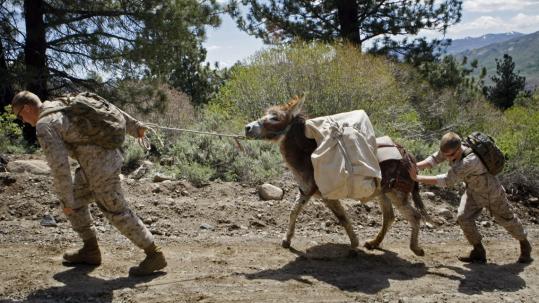Introduction
Hills training has a two-fold benefit; it ensures a great workout over a minimum time limit and aids sprinters and distance runners to quicken their stride and turnover.
However, many people do not understand the science behind hills training and therefore are not able to determine the pro’s and con’s of this form of training. It is also important to note that there are two distinct variations of hills training, uphill and downhill.
The Science(ish) Bit
To really understand how hills work to improve running capacity, you need first to understand that the movement of the Human body during running is similar to the bouncing of a ball. When a ball hits the ground, its shape changes and it decelerates until the energy is released and it springs back into shape as it bounces off the ground. Like the Human body, the ball flies upwards and forwards to its next impact with the ground.
Individuals can improve their running efficiency by letting the stretch and recoil of muscles do even more of the work needed to ‘bounce’ them forward. The energy that returns after each footfall is greater when a runner trains on an incline. Studies have shown that, on hills, calf muscles contract more quickly when the foot is on the ground. The calf muscles become more powerful by working at a higher rate.
Outline of Hills Training
- When running uphill you are resisting gravity, and so improving leg strength as well as your aerobic fitness.
- Aim for a short, quick stride with a good knee-lift and maximum range of movement at the ankle;
- Running down hills is also good training, it helps to strengthen the connective tissues and improve leg turnover and technique; and
- Opt, initially, for shallow slopes and only introduce downhill running gradually, to avoid muscle soreness.
Benefits of Hills Training
Hill training helps to:
- Develop muscle elasticity;
- Improve stride frequency;
- Develop coordination, encouraging the proper use of arm action;
- Improve muscular endurance; and
- Develop speed and strength.
Downhill versus Uphill

The Americans have been great champions of downhill training, and have taught their sprinters how to sprint downhill. A downhill session allows them, or pushes them, to accept the acceleration of their stride and ultimately quickens their stride and turnover, teaching them to drive with the arms and hips.
An uphill session for an endurance athlete might be 20 minutes of hill running which would typically involve:
- 4 x 300 metre hill sprints with 4 minutes recover between each sprint. This ensures that maximum effort is maintained throughout the sessions and the runner is fully recovered.
- Another example is 10 x 20 metre hill sprints with jog recovery back, the runner has no minimum time to recover and as lactic acid quickly builds in the system, after about seven seconds, it teaches lactic tolerance. This also allows the runner to learn about foot strike and the need to have minimum contact with the ground during this type of training.
Downhill running is cyclical in contrast to running on a flat surface which is typically push and drive.


